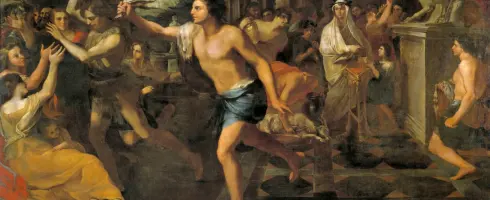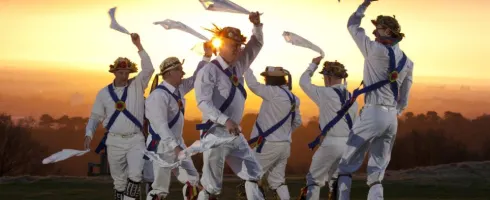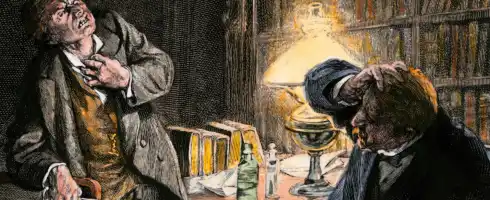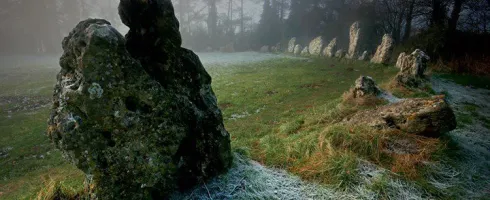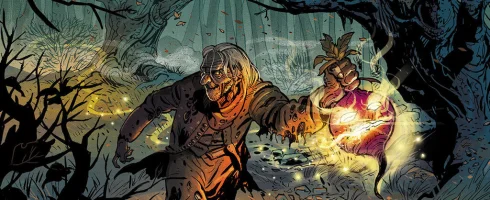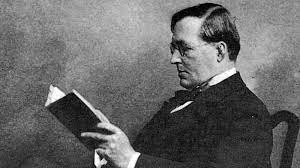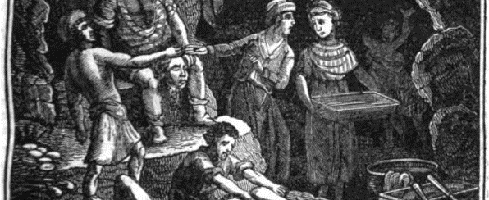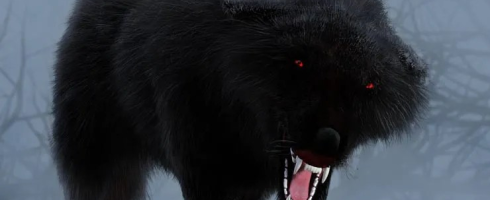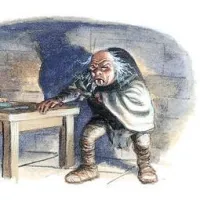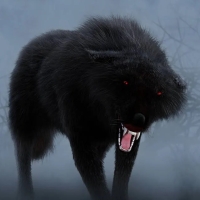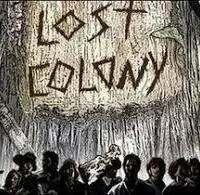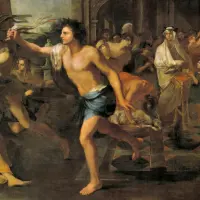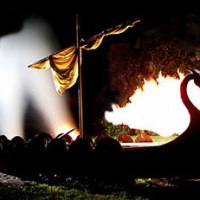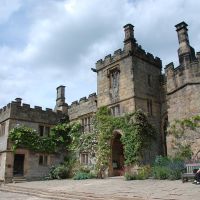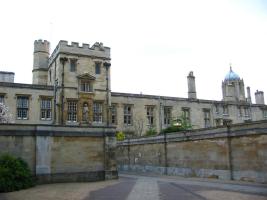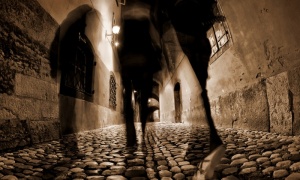Greetings, myth enthusiasts! Today, we embark on a romantic journey back in time to ancient Rome, where the origin story of Valentine’s Day takes a turn that even Cupid might find amusing. Strap in for the wild ride from Lupercalia to heart-shaped chocolates!
Lupercalia – The OG Roman Love Fest
Picture this: ancient Rome, February 15th, a time when Romans celebrated Lupercalia – the OG love festival. Lupercalia wasn’t just about roses and sweet nothings; it was a wild, pagan party that could make modern Valentine’s Day seem like a tea party.
Lupercalia was dedicated to the Roman god of fertility, Faunus, and involved priests clad in goatskins, engaging in rituals that included a dash of nudity and a sprinkle of sacrificial offerings. If that doesn’t scream romance, what does?
The Cupid Connection
Enter Cupid, the cherubic mischief-maker. Romans believed that Cupid’s arrows had the power to make people fall madly in love. So, it’s only fitting that the transition from Lupercalia to Valentine’s Day involved a bit of Cupid’s magic.
As Christianity started gaining traction, the early Church sought to Christianise pagan celebrations. Lupercalia, with its questionable activities, needed a makeover. And voilà! February 14th was designated as St. Valentine’s Day – a more saintly and significantly clothed version of the Roman love extravaganza.
The Mysterious Saint Valentine
Now, who was this St. Valentine, and why did he get a day dedicated to love? Legend has it that there were multiple St. Valentines, but the most popular tale involves a Roman priest who defied Emperor Claudius II’s ban on marriages for young men. This defiant Valentine continued to perform marriages in secret, leading to his eventual martyrdom. Talk about a romantic rebel!
Chaucer Adds Some Poetry Flair
Fast forward to medieval England, where the concept of courtly love was all the rage. Geoffrey Chaucer, the wordsmith extraordinaire, penned a poem linking St. Valentine’s Day with the mating season of birds. Suddenly, exchanging love notes and gifts on February 14th became the medieval equivalent of swiping right.
The Loveable Evolution
And there you have it – the quirky, humorous evolution of Valentine’s Day from the raucous Lupercalia to the lovey-dovey celebration we know today. From goatskin-clad priests to heart-shaped chocolates, the journey has been nothing short of amusing.
So, as you embark on your own Valentine’s Day festivities, take a moment to appreciate the ancient Roman roots of this love-filled occasion. Who knew that a festival involving goatskin-clad romantics would lay the foundation for heart-shaped cards and candlelit dinners? Love, it seems, has a way of turning even the wildest traditions into something sweeter than a box of chocolates.

